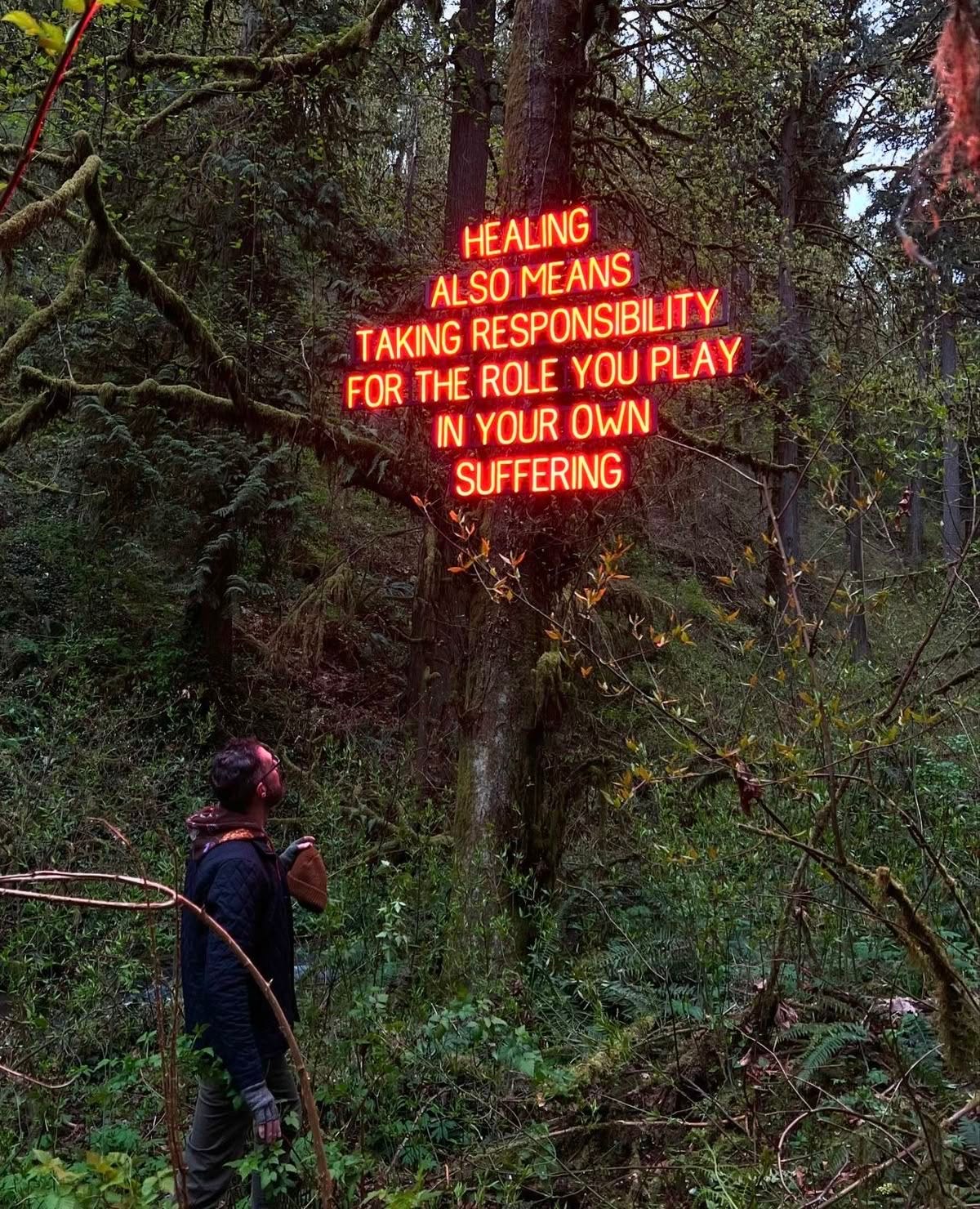They lied. Our past isn’t behind us. Rather it lives inside of us, shaping out reactions, out relationships, and even our inner thoughts and dialogue. It quite often builds what we’ve come to know as a signature theme in our lives.
What do you mean by signature theme, you may ask? It is simply the personal issue that is at the heart of our own woundedness, coloring our emotional and relational functioning throughout our lives.
We are often unaware of certain baggage that we carry, and how they have a personal thread that connects though our emotions, thoughts and relationships. In my Mental health program, we are taught as clinicians to identify own own signature theme and come face to face with it. Because if we don’t, we’ll almost certainly encounter it in a session with a client. And when that happens, we risk transferring our own emotional baggage and experiences to our clients which is often frowned upon and discouraged in our profession.
But oftentimes we are not aware of our signature themes of our lives. It’s not always obvious but it shows up again and again, like a familiar melody in different songs. It is unfaced emotional issues that sits at the heart of who we are. This is often shaped by our childhood experiences, trauma, early wounds, unmet needs and longings in life. It could be the fear of being abandoned. The need to prove your worth. The ache of not feeling seen. Or the drive to be perfect. It quietly builds a pattern and influences how we react, how we love and want to be loved, and even how we protect ourselves. Over time, these patterns become hardwired. Our brains form neural pathways that default to the same emotional responses over and over again. That’s why some things seem to hurt more than they “should,” or why we find ourselves stuck in the same conflicts, even when the people or situations have changed.
We often find ourselves wondering why we are the way we are, and it’s easy to point to past circumstances as the cause. But true resilience comes when we’re able to look back on our life, recognize the underlying theme that has shaped us, and become aware of what triggers it. That awareness is a powerful step toward self-understanding and personal growth.
Naming your signature theme isn’t about fixing yourself, it’s about knowing yourself better. And when you can name it, you start to loosen its grip in your life. You can start living from a place of self-awareness rather than reaction. Besides, if we don’t face our own inner struggles, they’ll inevitably surface in one way or another. And often times in relations with others, sometimes without us even knowing.
Now let’s learn this process together.
Step 1: Make the choice
You have to make the decision to live from a place of choice rather than habits. And while that is easier said than done, we have to choose to go against our old behaviors and patterns.
Step 2: Reflect on repeated patterns
What emotional themes keep coming up in your relationships? Are there situations that trigger a stronger reaction than expected?
Step 3: Write your own story
Journaling about your childhood experiences can help reveal unmet needs or beliefs you’ve carried into adulthood and relationships you hold. Identify them and write it down.
Step 4: Be aware of your inner voice
What messages do you give yourself when things go wrong? What do you believe about your worth, safety, or even lovability?
Step 5: Practice self-compassion
Understanding your signature theme isn’t a way to blame or shame yourself. Rather it’s a way to embrace your humanity and your flaws. You’re not broken. You’re learning.
To be a healthy adult, and no, I don’t mean just physically but mentally as well. We have to grow into someone who can hold space for ourselves and others. One of the important ways to do that is by naming our wounds. Not to so that we will be defined by them, but for us to understand the way they’ve shaped us.
And when we do that, we begin to loosen their grip in our lives. We open the door to living more freely, more fully, and more in tune with who we truly are.
And just the person our future really needs.
Thank you reading to the end.
To receive new posts and support my work, consider becoming a subscriber.



Practicing self compassion is the toughest. Our mind tends to criticize more than encourage....it's something we must work harder on to find our inner voice and style.
It requires a lot of work to go deep enough to find the answer. And it takes a lot of courage and self-acceptance to face those flaws and wound and be able to move on with them, work on them, and eventually let them go. But it is necessary to do the work and heal, we owe it to ourselves.